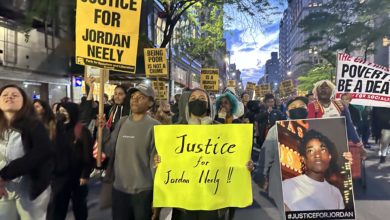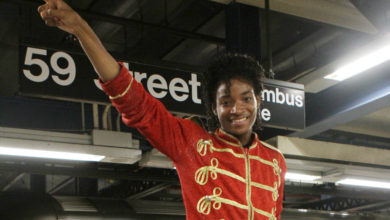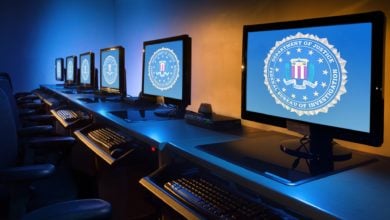Today, an interstate bus trip may not seem like anything revolutionary,
more like a minor annoyance for getting from point A to point B. But in the
deep South during the racist Jim Crow era and the apartheid-like conditions of
segregation, riding the bus as an African American could be treacherous. Still,
there were revolutionary transit activists—aptly named the Freedom Riders—who
challenged this criminal segregation. It has been half a century since these
brave activists went on their first ride, and today’s progressives and radicals
should all remember their sacrifices.
The plan of the Freedom Riders was to test a recent Supreme Court decision
in the case of Boynton v. Virginia, which ruled segregation on
interstate buses to be unconstitutional. They knew well that they would face
hostility, imprisonment and violence, and many doubted the prudence in taking
on such a dangerous act of civil disobedience. Even Dr. Martin Luther King Jr.,
while supporting the riders publicly, worried about the dangers of such an
undertaking.
The Freedom Riders were unmoved, though. Emboldened by the Supreme Court
decision and their dedication to the complete desegregation of public
transportation, they moved ahead with their plan.
The idea had been around since the Journey of Reconciliation in 1947, when
activists like Bayard Rustin from the Congress of Racial Equality and the
Fellowship of Reconciliation decided that it would be a good idea to cross
state lines in the upper South using interstate buses. That action resulted in
a number of arrests, and 22 days on a chain gang in North Carolina for Rustin.
The first of what became known as freedom rides took place on May 4, 1961,
when 13 activists, seven Black and six white, left Washington, D.C., heading
south to Montgomery, Ala., on interstate buses.
Only two weeks into these rides, bigoted individuals, determined to retain
the racist and class-divisive system of segregation, attacked the Freedom
Riders in Alabama. In the town of Anniston, about 100 miles west of the Georgia
border, the riders were beaten by a reactionary white mob, and one of their
buses was set on fire. In Birmingham, riders were attacked and left to fend for
themselves only two blocks away from a sheriff’s station.
This sort of blatant neglect by the police was only one example of
state-sanctioned violence used against nonviolent civil rights activists in
that area. It was shortly after these events that some activists flew to New
Orleans and the first freedom rides were over.
Violence would never stop these brave activists for long, however. Some
members of the Student Nonviolent Coordinating Committee were frustrated with
the decision to end the rides. CORE decided that allowing these attacks to stop
the rides would simply encourage the bigots and weaken the message of
desegregation. This could not be allowed to happen.
More volunteers were dispatched to Alabama, and the freedom rides continued
through more threats, violent actions and even the arrest of activists ordered
by the racist Birmingham “Public Safety Commissioner” Bull Connor for defying
segregation laws. The fortitude of the original Freedom Riders inspired dozens
more similar actions of civil disobedience, which even spread from interstate
buses to airports and train stations.
On May 29, 1961, President John F. Kennedy was no longer able to ignore the
calls of civil rights activists and a growing Civil Rights movement to take
action. He ordered the Interstate Commerce Commission to officially ban
segregation in any facilities under its jurisdiction, thus ending the legal
state-sanctioned racism in transportation in the South after a decades-long
struggle by activists against brutal odds.
This victory inspired the Civil Rights movement to fight on for a complete
end to legal segregation and for the right of African Americans to vote in the
South.
Today, we continue to fight bigotry and injustice wherever these evils are
to be found. While we may be able to ride on integrated buses and vote, we also
realize that institutional racism still affects the working class deeply.
From pervasive de facto segregation in housing, schools and neighborhoods
to individual prejudice that contributes to unemployment and to racial
profiling by police, racism still bleeds our society. The ruling class is fully
aware of this and use it to their advantages. Until we can overcome racism and
all its antagonisms, working-class unity will not be achieved.
To ensure the rights and freedoms of all oppressed people, workers of the
world must unite in struggle against our oppressors. The Freedom Riders are a
great example of this determination. Blacks, whites, men and women all boarded
interstate buses knowing that they would face extreme violence, bigotry and
state repression, but also knowing that the struggle was bigger than any one of
them individually. Our struggle is a collective fight to break our chains. The
Party for Socialism and Liberation is ready, willing and able to be a militant
part of this struggle.






